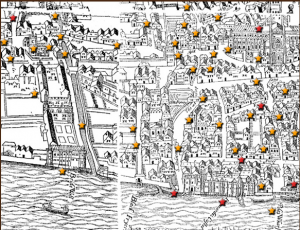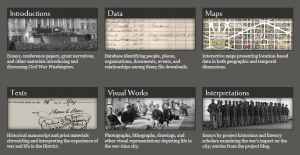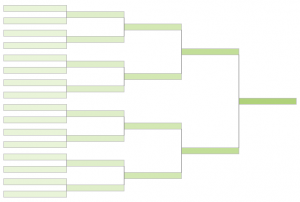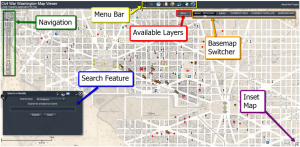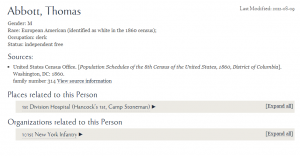I’ve never really been too much of a gamer. Don’t be mistaken, I have played my fair share of video games ranging from Pokemon on the GameBoy Color to Tony Hawk’s Pro Skater on the PlayStation 1 to Halo 3 on the Xbox 360. Although these games have brought me enjoyment, I never really got into the stories of most games or was never willing to invest that much time into something I may never complete. After analyzing multiple independent games like Portal, Fl0w, and The Company of Myself, I really regret not getting into video games earlier. My preconceptions of video games as simple or complex challenges with no real meaning or function except to entertain have definitely changed after my realization that games can be used as media.
A medium is a dynamic substance or object that can be used to portray a message, implicitly or explicitly. Classically, artistic and intellectual mediums were restricted to printed books, music, movies, etc. But today, with the surge of technology and the internet, a rise of the Digital Humanities can be seen which incorporates a wide range of mediums from interactive charts to sound banks and even video games. If a medium is a way to express a message, why can’t a video game be a medium? According to Ian Bogost in his book How to Do Things With Videogames , video games are a medium that let us play a role within the constraints of a model world. I completely agree with this idea. The world we live in today is controlled by sets of inherent rules, physical laws, traditions, cultures, that inhibit us from doing many things. Gravity keeps us from soaring into the stratosphere, laws prevent [most] people from ravaging cities and stealing cars, most people are not athletically capable of playing in the NBA. These sets of rules and facts of life are why I believe people play video games and why video games can serve as a medium, a way to escape and test the limits of human imagination, and learn about ourselves doing so.
One way I can justify this is through the game Portal. Portal is a first-person puzzle game where the user controls or is embodied as a women wielding an electronic gun that shoots two distinct portal ends, orange and blue. The portals create a visual and physical connection between the two different areas in 3D space. The user is challenged to solve a series of puzzles using only this device. Portal shows an element of how a game serves as a medium, through its capability of allowing users to experience a ‘cyberworld’ where portal teleportation is available while maintaining general physics. If users jump through a portal on the ground, they will be propelled at the same speed out of the other portal maintaining linear momentum. This serves as a medium for users to break the boundaries of the physical world and explore the ability to travel instantaneously from one place to another. Another main point that seems to be interesting in the game Portal is the choice of a female protagonist. In most video games that are characterized as shooter games, where the character wields weapons and shoots and usually kills others, the main character or avatar is generally male. Portal breaks this stereotype with the female protagonist and I find that very interesting and deliberate by the creators of the game. This is a key example of how a video game can serve as a medium. The main character being female, brings attention to the fact that many first-person shooter games are male dominated. Another possible purpose is to entice more female gamers, in a hobby that is often characterized or stereotyped as male dominated.
Other uses of video games as mediums can be seen through the game Fl0w, which personally kept me entertained for hours on end. At first glance Fl0w may seem like an over simplistic, evolutionary interactive game but after delving into the game you can see that it is way more than just a medium of entertainment. Fl0w’s distinct visual color palettes, image rendering (especially on the PS3), and simplicity deem Fl0w as an artistic medium, along with its playability. Playing Fl0w feels like playing through a piece of artwork and its different layers. As your organism slowly grows, you can progress through different levels or layers of the medium you are in and encounter new organisms, colors, environments, and sounds. Fl0w is much more than an interactive video game, it is more of an experience of ‘flow,’ a term often used in psychology and Neuroscience. Flow is a state between anxiety and boredom where if completely engaged, the user loses track of time and the outside world and becomes fully focused on the task at hand. Personally, through the visual palette and simplistic gameplay and music, I entered a flow like state when playing Fl0w. In that way the game Fl0w served as a medium showing that video games or mediums in general do not have to be over saturated with complex plots, scenery, music, characters, in order to maintain the ultimate stage of focus, flow, of the user.
Overall I think that critically evaluating video games based on principles like the effect they have on users both mentally and physically, the message they try to get across, and the sheer entertainment level they offer can be beneficial in many realms. The use of video games as experimental mediums is something I believe can change the way we think about different issues ranging from ethics to physics. I think that video games can be used as tools for people to explore unrestricted boundaries and break away from the constraints of the physical world. Thus by doing this, they can teach us more about the physical world and the mentality of humans in general. Therefore studying video games of the past and present should be at the same priority for scholars, as books and movies are today. We cannot ignore the dynamic and inherently experimental properties of video games and how these properties and the way they are implemented reflect on the zeitgeist of society.




